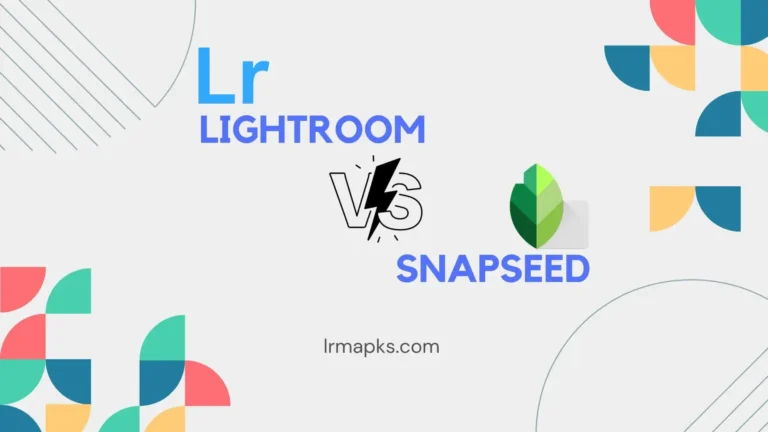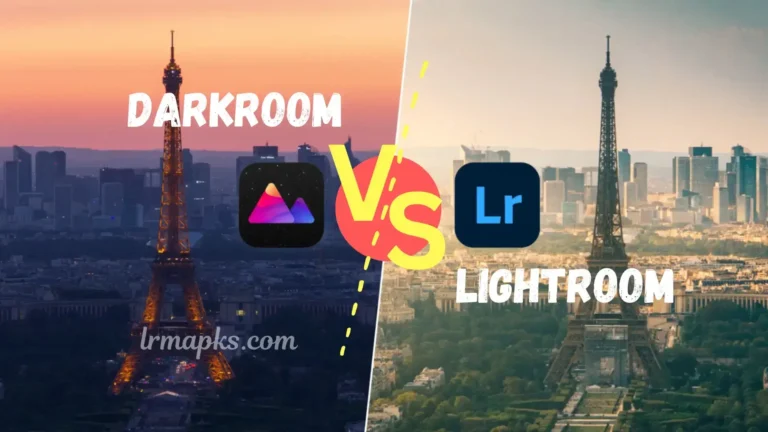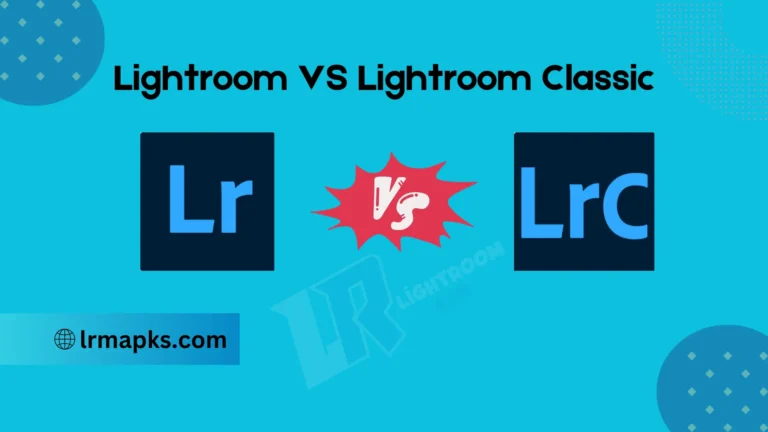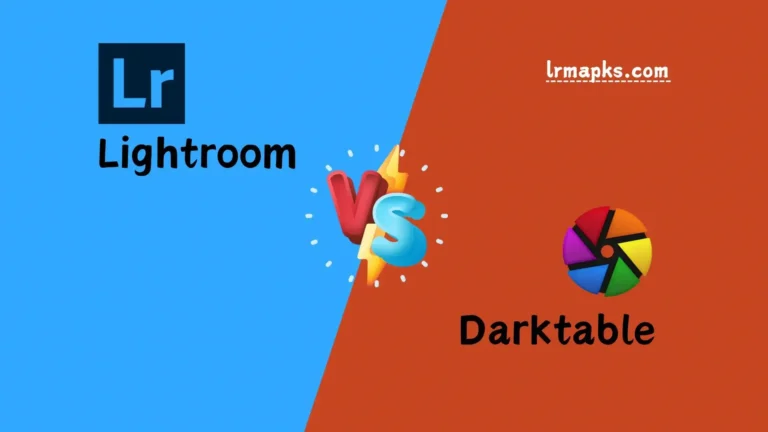Lightroom vs Photoshop: Which Photo Editing Tool is Right for You?
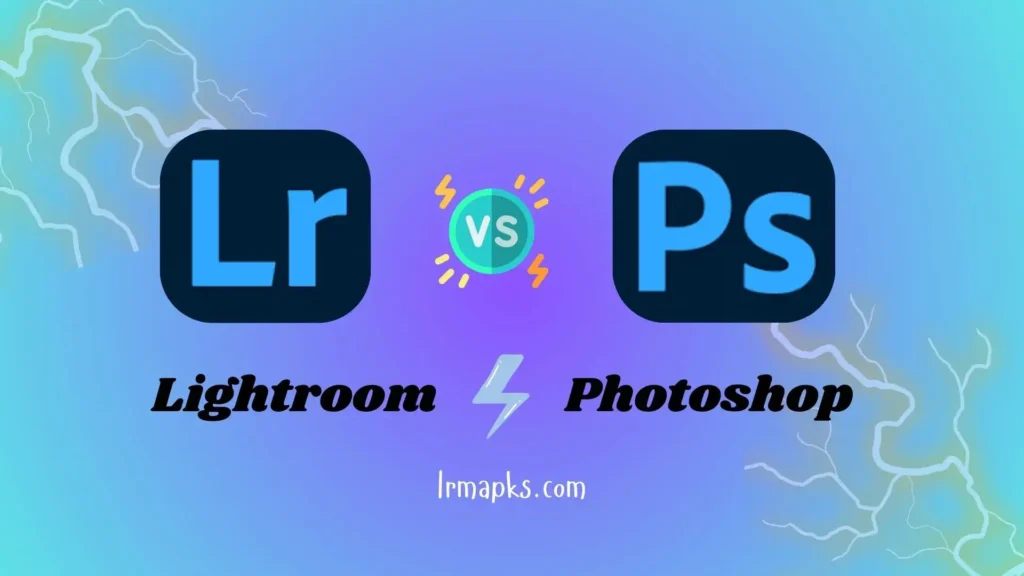
When it comes to photo editing, two names often come to mind: Lightroom vs Photoshop. These tools, both developed by Adobe, are incredibly powerful and versatile, but they serve different purposes. If you’re trying to decide which one is better for your needs, this article is here to break down everything you need to know about Lightroom vs Photoshop.
What is Lightroom?
Adobe Lightroom is a photo editing software primarily designed for photographers who need to edit, organize, and manage large batches of photos. It’s user-friendly and focuses on non-destructive editing, meaning your original files remain untouched as you apply edits.
Lightroom is perfect for:
- Basic and advanced photo editing (like adjusting exposure, contrast, and color balance).
- Organizing and tagging photos with keywords.
- Managing large photo collections efficiently.
In short, Lightroom is a one-stop shop for photo editing and organization. Moreover, Lightroom offers two different versions, Lightroom Classic (Mainly available for desktops or PCs) and Lightroom CC (Available for Android, iOS, and Mac). You can read our dedicated article as well for key features and differences between Lightroom and Lightroom Classic.
What is Photoshop?
Adobe Photoshop, on the other hand, is a more advanced editing tool. It’s a pixel-based graphics editor designed for detailed image manipulation and creative projects. Photoshop offers a wide range of tools that allow you to create, modify, and enhance images at the pixel level.
Photoshop is ideal for:
- Retouching and restoring photos.
- Creating composite images by combining multiple photos.
- Designing graphics, logos, and artwork.
- Performing intricate tasks like removing objects or adding effects.
Photoshop is the go-to software for professionals who require complete creative freedom.
Key Differences of Lightroom vs Photoshop
While both tools share some overlapping features, there are significant differences that set them apart. Let’s dive into the key distinctions of Lightroom vs Photoshop.
Ease of Use
- Lightroom: Known for its simple and intuitive interface, Lightroom is beginner-friendly. It’s designed for quick adjustments and batch editing.
- Photoshop: Photoshop has a steeper learning curve due to its advanced tools and features. However, it offers unmatched control for detailed edits.
Editing Capabilities
- Lightroom: Best for global adjustments such as exposure, contrast, and color grading. It’s not ideal for pixel-level edits.
- Photoshop: Allows for precise, pixel-level editing and advanced manipulations like cloning, healing, and layering.
Photo Organization
- Lightroom: Includes a built-in library system where you can organize photos by tags, ratings, and collections.
- Photoshop: Doesn’t have photo management features. You’ll need a separate tool to organize your images.
Non-Destructive Editing
- Lightroom: Uses non-destructive editing, so your original photo file remains untouched.
- Photoshop: While it offers non-destructive options, most edits directly modify the image unless you use layers or smart objects.
Performance
- Lightroom: Optimized for handling large photo libraries and batch processing.
- Photoshop: Demands more computing power, especially for projects with multiple layers and high-resolution images.
Price
Both Lightroom and Photoshop are part of Adobe’s Creative Cloud subscription. Lightroom is available as a standalone app or bundled with Photoshop in the Photography Plan.
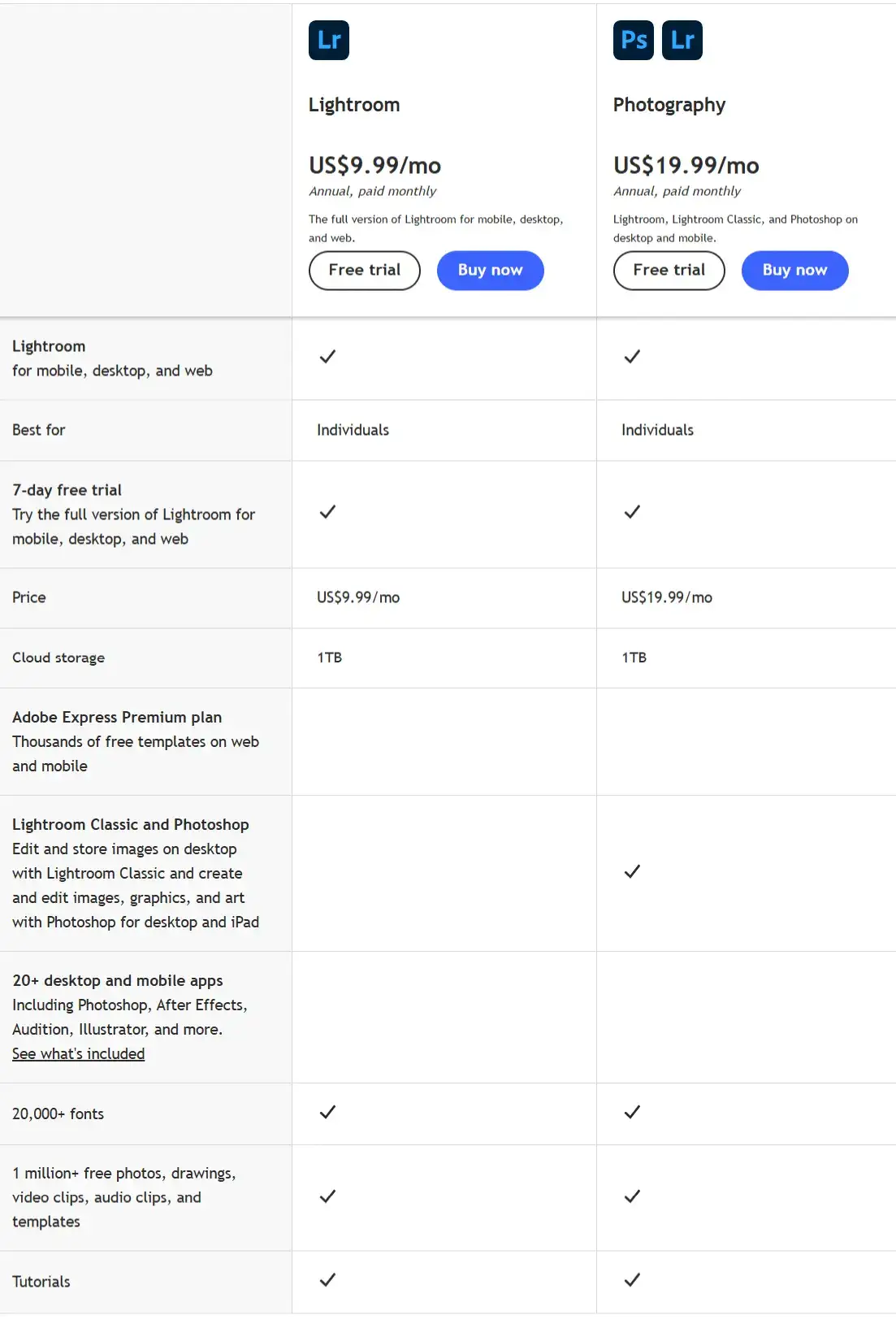
Comparison Table of Lightroom vs Photoshop
| Features | Lightroom | Photoshop |
|---|---|---|
| Presets | Yes | No |
| 3D Editing | No | Yes |
| Library Tools | Yes | No |
| Advanced Color Editing | Yes | Yes |
| Raw Image Processing | Yes | Yes |
| Non-destructive Editing | Yes | No |
| Customizable Presets | Yes | No |
| Cropping and rotating | Yes | No |
| Import & Export | No | No |
| Level Adjustments | Yes | No |
| Labels/ Tags | Yes | No |
| HDR Merge & Panorama | Yes | Yes |
| Layer-based Editing | No | Yes |
| Extensive Text Editing | No | Yes |
When to Use Lightroom
Lightroom is best suited for:
- Photographers who need to edit in bulk: If you’ve just finished a photoshoot and need to edit hundreds of photos quickly, Lightroom is the way to go.
- Basic and advanced photo adjustments: From adjusting brightness to applying filters, Lightroom simplifies editing tasks.
- Organizing photo libraries: Lightroom’s cataloging features make it easy to find and manage your photos.
- Non-destructive editing: Perfect for beginners who want to experiment without fear of ruining their original images.
When to Use Photoshop
Photoshop is ideal for:
- Detailed retouching: Whether you’re removing blemishes or editing fine details, Photoshop provides the tools you need.
- Graphic design: From posters to web graphics, Photoshop excels in creating visual content.
- Composite photography: Combine multiple images to create dreamlike or artistic visuals.
- Advanced photo manipulation: If your work involves complex edits like object removal, Photoshop is essential.
Pros and Cons of Lightroom
Pros
Cons
Pros and Cons of Photoshop
Pros
Cons
Final Thoughts
Choosing between Lightroom and Photoshop depends on your needs and experience level. If you’re a photographer looking for a simple yet powerful tool to manage and edit photos, Lightroom is your best bet. However, if you require advanced editing capabilities and creative freedom, Photoshop is the way to go.
For many users, the combination of Lightroom and Photoshop offers the best of both worlds. Start with Lightroom to organize and apply basic edits, then move to Photoshop for complex adjustments and creative projects.
In the end, there’s no definitive winner in the Lightroom vs Photoshop debate. Both are fantastic tools tailored to different tasks. Assess your goals, try both, and decide which one fits your workflow best.

